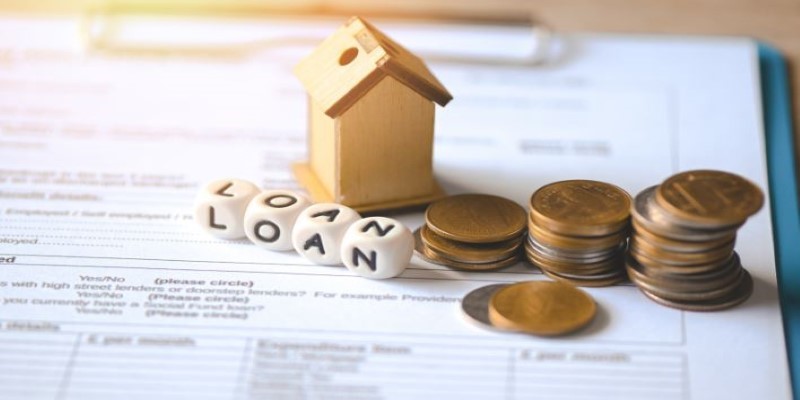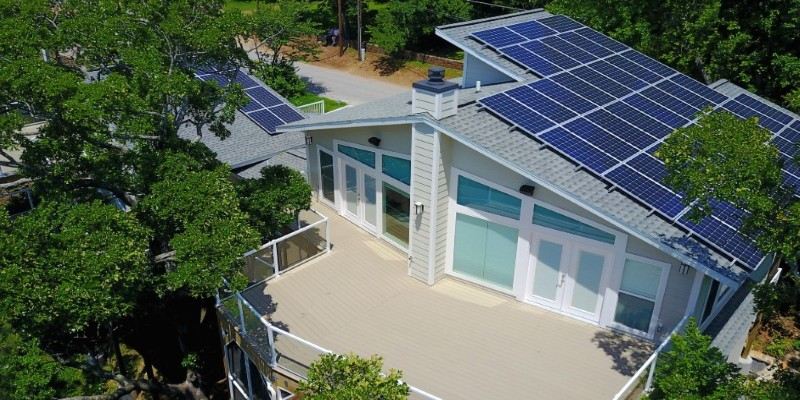There's nothing simple about investing in a property. You deal with rising interest rates, shifting markets, tenant turnover, and maintenance costs that never take a day off. When you bought the place, you probably expected some of this. But as the financial climate changes, your original loan terms might be hurting more than helping.
Refinancing an investment property isn’t about chasing lower rates just for the thrill of it—it’s about getting more breathing room and putting your money to better use. Done right, refinancing can cut your costs, improve cash flow, and help you grow your portfolio in a smarter, more strategic way.
Understanding the Basics of Refinancing an Investment Property
Refinancing an investment property means replacing your current mortgage with a new one—ideally with better terms. While that might sound straightforward, it’s very different from refinancing a primary residence. Lenders typically see rental properties as higher risk, so the bar is higher when it comes to qualifying.
One of the first things you’ll notice is that lenders often require a better credit score—usually above 680 or even 700—to consider refinancing. They also tend to expect a lower loan-to-value (LTV) ratio. For most lenders, the sweet spot is 70% to 75% LTV. This means you need solid equity in the property. If your property’s value has appreciated or you’ve paid down a chunk of the original loan, you might already meet this requirement.
Then there’s the income verification. Lenders want to see that the property is generating stable rental income, and in most cases, they’ll analyze it carefully. It’s not just about how much you make—it's how consistent and reliable that income is. They'll often look at past tax returns and leases and even require a rent schedule (Form 1007 if you're working with Fannie Mae-backed loans).
Another factor that’s commonly overlooked is the interest rate spread. Investment property mortgage rates are almost always higher than those for a primary home. Even after refinancing, expect a margin of at least 0.5% to 0.75% higher. That said, if your original mortgage came with a particularly high rate—or an adjustable rate that’s gone up—refinancing can still save you significant money over the life of the loan.
When Refinancing Makes Sense—and When It Doesn’t
Knowing when to refinance is just as important as knowing how. If the numbers don’t line up, it can cost you more than it saves. Timing and purpose matter.

Refinancing makes the most sense when interest rates drop. A 1% dip can mean meaningful monthly savings, especially with a large loan. Some investors want better cash flow—lowering payments to free up income. Others want to restructure the loan to pay it off faster. A shorter term, even with higher payments, might save tens of thousands in interest.
Cash-out refinancing is another reason. This lets you pull equity from the property in exchange for a larger loan. That cash can go toward another property, renovations, or paying off high-interest debt. But it carries risk. If the rental market softens or vacancies rise, those bigger payments could hurt.
Sometimes, refinancing isn’t worth it. If closing costs are too high, the savings might take years to cover them. You need to consider the break-even point—how long it takes for your savings to exceed the fees. If you’re planning to sell soon, refinancing likely doesn’t make sense. If your property hasn’t appreciated or your equity is weak, lenders may not offer favorable terms.
The Process, Step-by-Step
Refinancing an investment property isn't wildly different from getting your first mortgage, but it does come with its checklist.
Start by assessing your current loan. Understand the terms—your interest rate, remaining loan balance, and whether you face any prepayment penalties. This sets the foundation for comparison.
Next, review your credit. Since lenders require a strong credit profile, now’s the time to check your score and clean up any discrepancies. If there’s room to improve, consider paying down debt or correcting any reporting errors before you apply.
Then, estimate your property’s current value. You can use online tools for a rough idea, but eventually, a formal appraisal will be required. The higher the value, the more equity you have, and the better the loan terms you’re likely to qualify for.
Once you're ready, shop around. Don't just go to your original lender out of convenience. Get quotes from several banks, credit unions, and mortgage brokers. Compare not just the interest rates but also fees, terms, and the total cost over time.
After choosing a lender, you’ll complete a full application. Be ready to provide detailed documentation: tax returns, lease agreements, bank statements, and possibly proof of reserves. Investment property lenders like to see a cushion—often six months of mortgage payments or more.
The underwriting process can take a few weeks. During this time, your property will be appraised, and your finances will be scrutinized. Once approved, you’ll close on the new loan, just as you did when you bought the place. Then, the old mortgage gets paid off, and the new one takes its place.
Long-Term Impacts of Refinancing
Refinancing doesn't just change your monthly payment—it reshapes your overall investment strategy. A well-timed refinance can enhance cash flow, allowing you to reinvest or use it to stabilize your portfolio. Lower monthly costs also give you more flexibility in handling vacancies or unexpected expenses.

For investors holding property in the long term, refinancing to a fixed-rate loan adds predictability. You won't need to worry about rising rates, which matters if you're operating on thin margins. That stability helps with planning and budgeting, making it easier to focus on broader goals.
If you choose a cash-out refinance, your leverage increases. That can speed up portfolio growth—but with added risk. More debt means higher payments and less room for error. This strategy works best when you have a reliable reinvestment plan and steady rental income.
Tax effects matter, too. Interest on investment property loans is usually deductible, but changing your loan amount or structure can affect that. A tax advisor can help you see how a refinance fits your financial strategy.
Conclusion
Refinancing an investment property can boost your returns if done with a clear plan. It requires strong credit, solid equity, and a good reason. The process takes time and paperwork, but the rewards—better cash flow, stable terms, or access to capital—can justify the effort. It’s not right for everyone, though. If the numbers work and your strategy fits, refinancing can help turn a good investment into something stronger.












